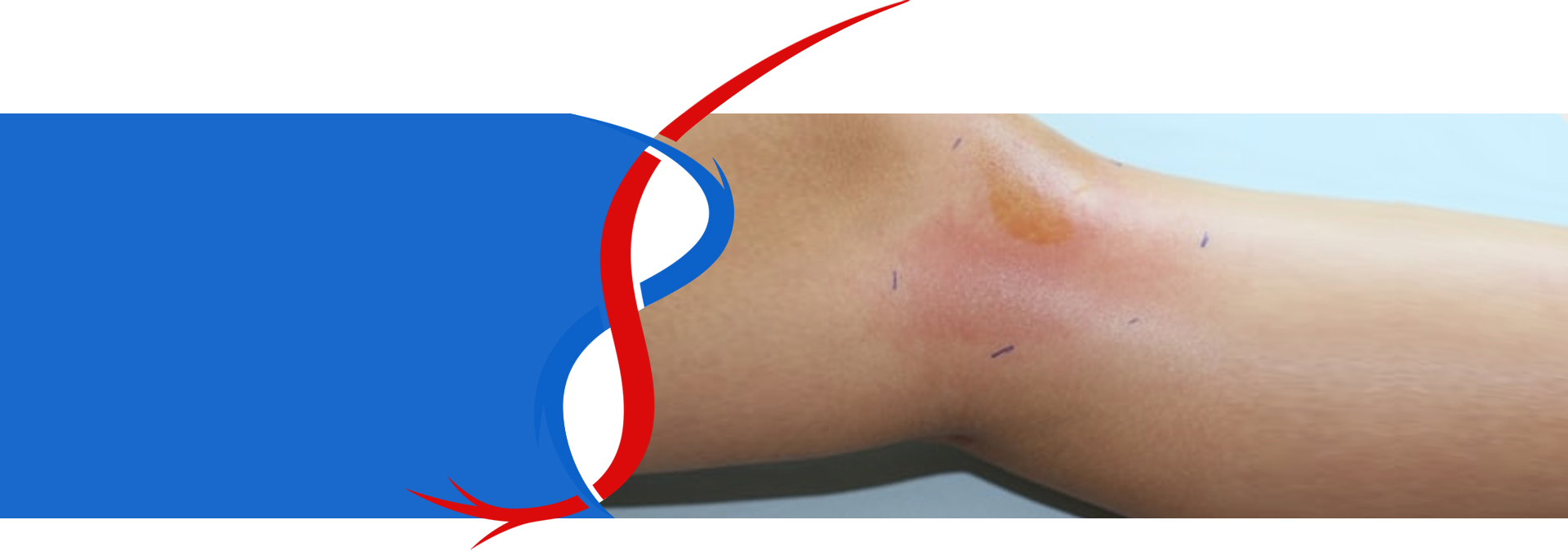
Cellulitis
JRK Medicals
Phlebology & Vascular Specialists located in Rochester, MN
Cellulitis is a bacterial skin infection that can cause swelling, redness, pain, and other uncomfortable symptoms. Henna Kalsi, MD, the medical specialist at JRK Medicals in Rochester Minnesota, offers personalized and effective treatments to relieve your cellulitis symptoms fast.
Schedule your consultation or appointment by calling or booking online.
What is cellulitis?
Cellulitis is a bacterial skin infection that tends to appear on the lower part of one leg. Although cellulitis can spread, it’s usually only on one side of your body, and it’s typically not contagious.
If you don’t get treatment for cellulitis, the infection can invade your lymph nodes and blood. At that point, it becomes dangerous and potentially life-threatening. Because of that, it’s very important to get treatment as soon as you notice symptoms of cellulitis.
What are the symptoms of cellulitis?
The first sign of cellulitis is usually a painful spot on your skin. Typically, it’s an area where you’ve got an obvious wound or ulcer, although sometimes the starting point may be harder to see. As the cellulitis spreads, the painful area grows. You may also have a fever and experience the following symptoms in the affected area.
- Skin warmth
- Swelling
- Red skin
- Small blisters
- Skin dimples
- Red dots on the skin
Some cellulitis sufferers develop skin abscesses, particularly in severe cellulitis.
What causes cellulitis?
Cellulitis is caused by bacteria, usually either streptococcus and staphylococcus, which gets into your body through a cut, crack, or some other opening in your skin. This skin opening can be as minor as an accidental cut, but it can also be a surgical incision, a puncture, or even athlete’s foot.
Am I at risk for cellulitis?
There are several things that can put you at greater risk for cellulitis, including all of the following:
- Skin injury
- Recent surgery
- Immune system illnesses or conditions, such as diabetes
- Chronic skin conditions that cause cracks, blisters, or other skin damage
- Lymphedema
- Obesity
If you’re at risk for cellulitis, inspect your arms, fingers, legs, and feet every day for wounds. Get medical help to take care of any skin wounds and damage promptly.
How is cellulitis treated?
Oral antibiotics are the most common remedy for cellulitis. Usually, you’ll take antibiotics for 10-14 days. Always finish the entire course of antibiotics as directed, even though you’ll probably start to feel better within only a few days.
In severe cases of cellulitis, oral antibiotics may not be sufficient, so you may need intravenous antibiotics in a hospital setting. However, by seeking treatment as soon as you notice cellulitis, you can often avoid the most serious infections.
Schedule your consultation or appointment by calling or booking online.
 507-322-6967
507-322-6967